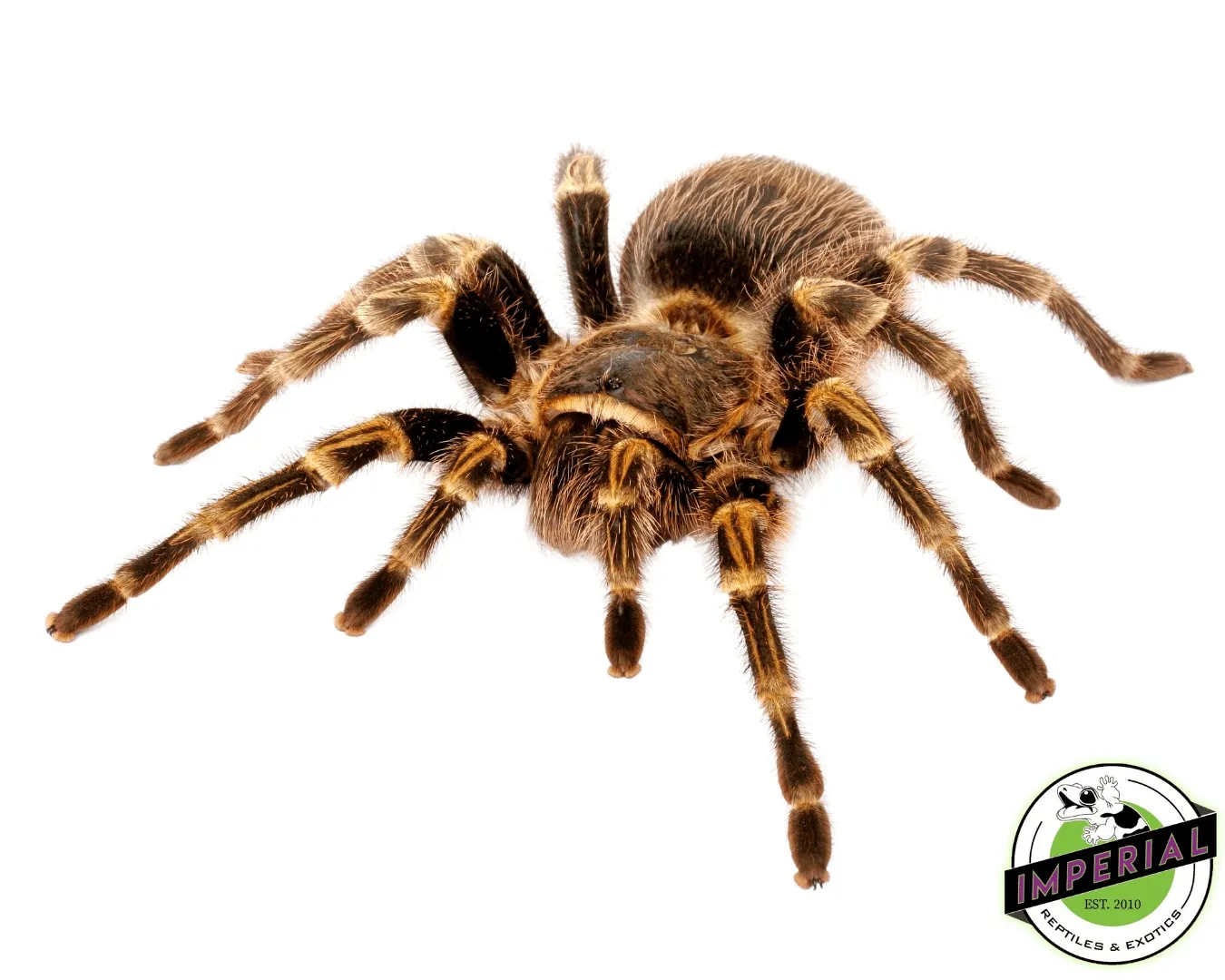Striped Knee Tarantula Care Top 5 Facts
The Striped Knee Tarantula, scientifically known as Aphonopelma seemanni, is a captivating species gaining popularity among tarantula enthusiasts. Native to Central America, these spiders are known for their striking black and white striped legs, which give them their common name. Their relatively docile temperament and manageable care requirements make them a suitable choice for both beginner and intermediate keepers. However, responsible ownership is essential, and understanding their specific needs is crucial for their well-being and longevity. This guide provides essential information on the top 5 facts to ensure your Striped Knee Tarantula thrives.
What Is a Striped Knee Tarantula?
The Striped Knee Tarantula is a terrestrial tarantula species, meaning it primarily lives on the ground. Adults typically range from 5 to 6 inches in leg span, with females often living longer than males, potentially up to 15 years. They are relatively slow-growing, and their striking appearance, combined with their manageable care needs, makes them a visually appealing and engaging pet. These tarantulas are generally docile and less prone to defensive behaviors like biting, although caution and respect are always necessary when handling any tarantula. Their beauty and unique characteristics make them a fascinating addition to any arachnid collection.
Origin and Habitat
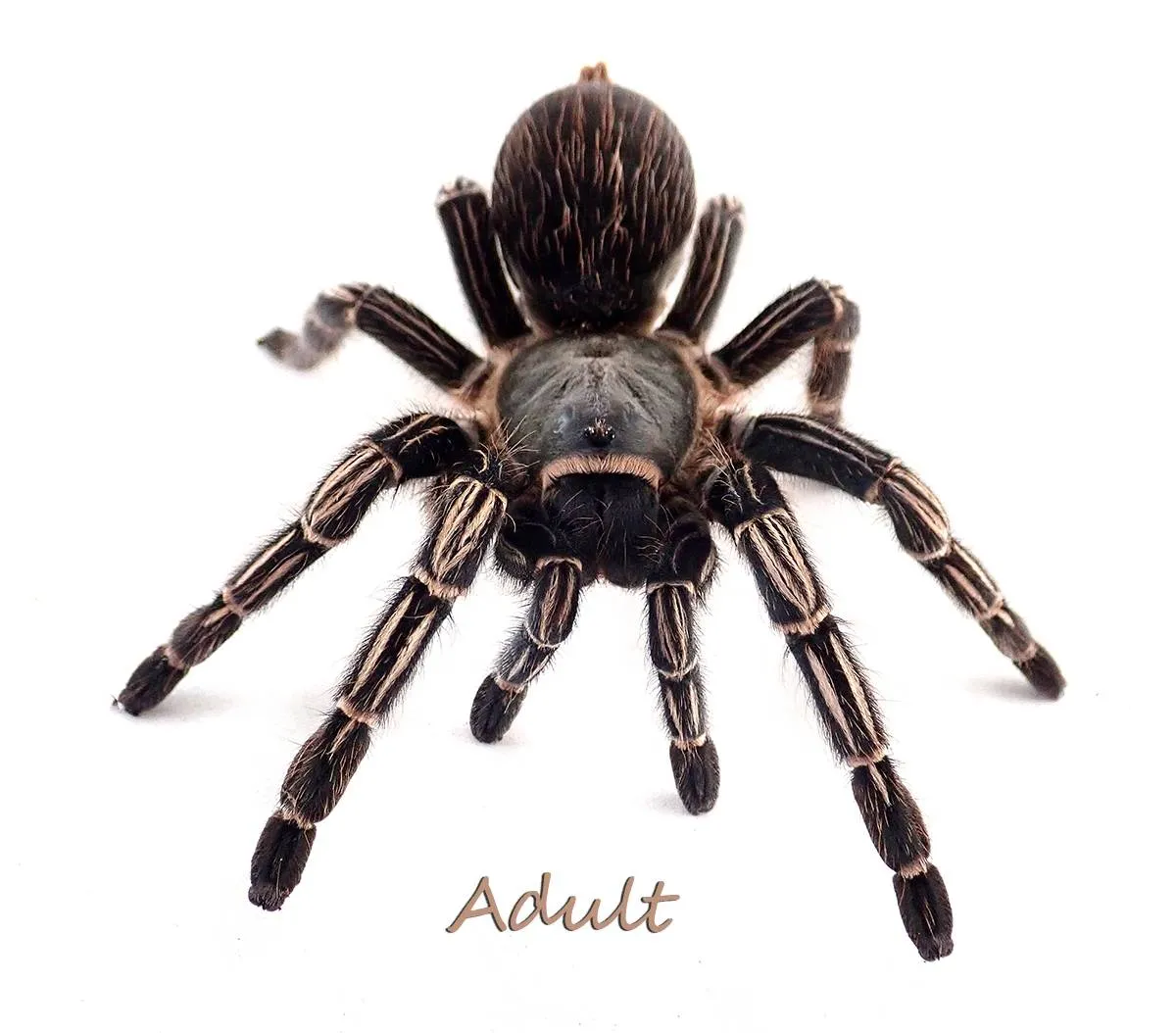
Striped Knee Tarantulas originate from the dry scrublands and grasslands of Costa Rica, Nicaragua, and other parts of Central America. In their natural habitat, they construct burrows in the ground or utilize natural shelters like crevices and under rocks. Understanding their natural environment is key to replicating suitable conditions in captivity. Replicating their natural habitat helps ensure their comfort and encourages natural behaviors, such as burrowing and hunting. Providing appropriate environmental conditions is crucial to a healthy and thriving Striped Knee Tarantula, mirroring their natural behaviors and promoting their overall well-being.
Fact 1 Temperature and Humidity
Maintaining the correct temperature and humidity levels is vital for the health of your Striped Knee Tarantula. These factors directly influence their molting process, appetite, and overall activity levels. Incorrect conditions can lead to health problems and even prove fatal. Regular monitoring and adjustments are essential to ensure optimal conditions within the enclosure, ensuring your tarantula’s health and well-being.
Ideal Temperature Range
The ideal temperature range for a Striped Knee Tarantula is between 75°F and 85°F (24°C and 29°C). A consistent temperature within this range supports their metabolism and promotes healthy activity. Use a reliable thermometer to monitor the temperature within the enclosure. If the temperature drops below the recommended range, a small heat mat or a low-wattage heat lamp can be used, placed on the side of the enclosure, never directly underneath. Avoid sudden temperature fluctuations, as these can stress the tarantula.
Maintaining Humidity

Striped Knee Tarantulas thrive in a humidity level of 60% to 70%. This can be achieved by lightly misting one side of the enclosure with dechlorinated water once or twice a week. Avoid over-misting, as this can lead to mold growth. Provide a shallow water dish with fresh water at all times. The substrate also helps maintain humidity; the choice of substrate will affect how well the enclosure holds humidity. A hygrometer is a useful tool for monitoring the humidity levels. Proper humidity is crucial, particularly during molting, as it helps the tarantula shed its exoskeleton successfully.
Fact 2 Feeding and Diet
Providing a balanced diet is essential for a healthy Striped Knee Tarantula. These tarantulas are opportunistic feeders, and their diet primarily consists of insects. The size of the food items should be appropriate for the tarantula’s size, ensuring it can easily capture and consume the prey. A well-fed tarantula is more likely to thrive and grow properly. Always ensure the food items are free from pesticides or harmful chemicals.
Appropriate Food Types
Suitable food items include crickets, mealworms, roaches, and other readily available insects. It’s important to vary the diet to ensure a range of nutrients. Pre-killed insects are also an option, which can be safer if you are not comfortable with live feeding. Avoid feeding wild-caught insects, as they may carry parasites or diseases. The frequency of feeding will vary depending on the tarantula’s age and size. Crickets and roaches are generally preferred due to their nutritional value. Always remove uneaten prey within 24 hours to prevent stress and potential mold growth.
Feeding Frequency
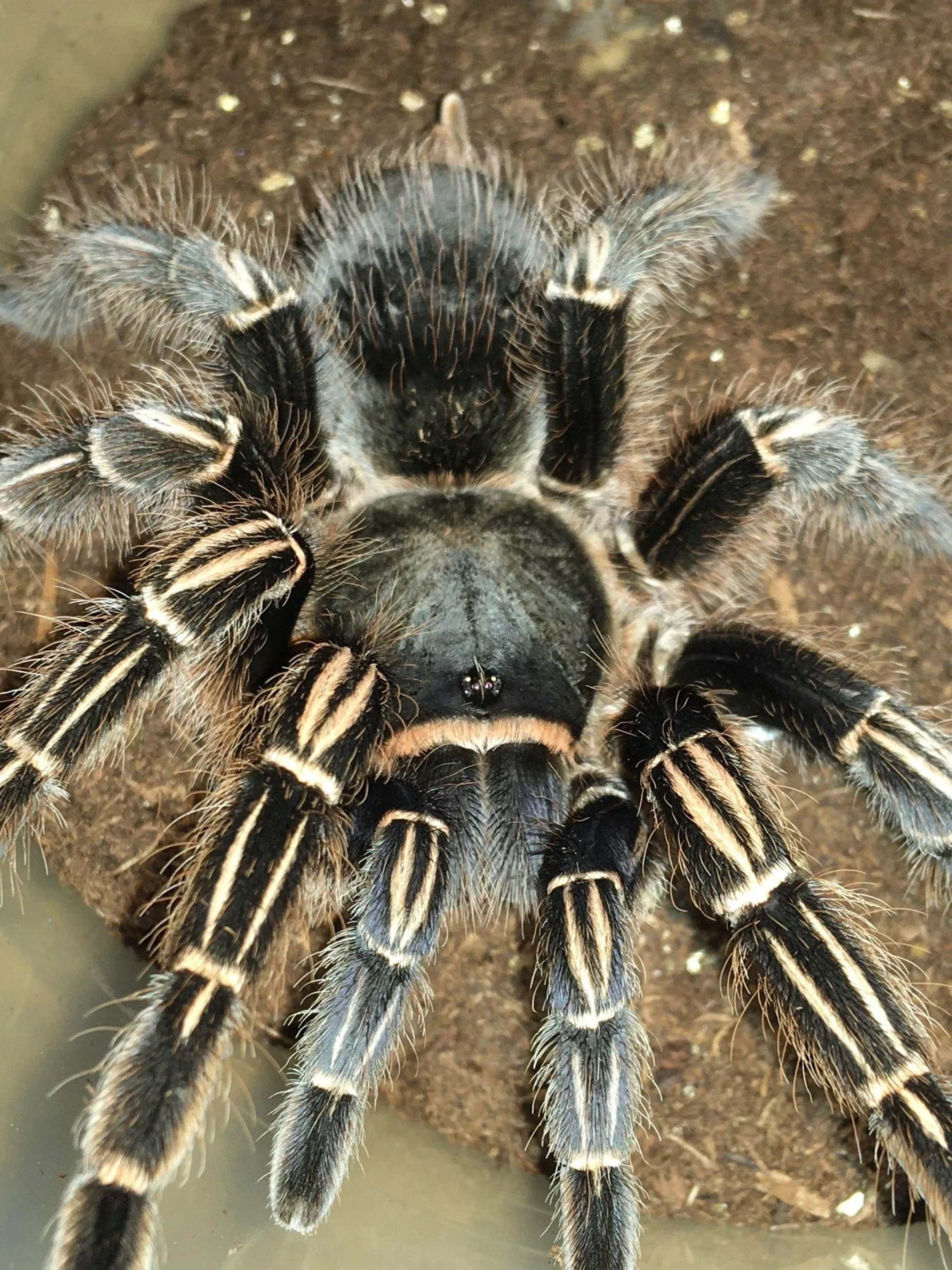
Spiderlings and young tarantulas should be fed more frequently, usually two to three times a week. Adults can be fed less often, typically once every one to two weeks. Observe your tarantula’s abdomen; a well-fed tarantula will have a rounded abdomen. If the abdomen appears shrunken, it may indicate a need for more frequent feeding. Always offer fresh water, and make sure to adjust feeding based on the tarantula’s molting cycle. Avoid feeding the tarantula just before or during molting, as it can be stressful and even dangerous.
Fact 3 Enclosure Setup
The enclosure setup is crucial for the well-being of your Striped Knee Tarantula. A proper setup provides a safe, comfortable, and enriching environment, closely mimicking its natural habitat. The choice of enclosure, substrate, and furnishings all contribute to the overall health and happiness of your pet tarantula. A well-designed enclosure reduces stress and encourages natural behaviors.
Enclosure Size and Type
The enclosure should be appropriately sized for the tarantula. A good rule of thumb is to provide an enclosure that is at least twice the tarantula’s leg span in width and length. For adults, a 10-gallon tank or a similarly sized terrarium is generally suitable. The enclosure should have a secure lid to prevent escape and proper ventilation to maintain air quality. Glass or acrylic enclosures are both suitable, but ensure that the lid is well-secured and escape-proof. Consider a front-opening enclosure for easier access and maintenance.
Substrate and Furnishings
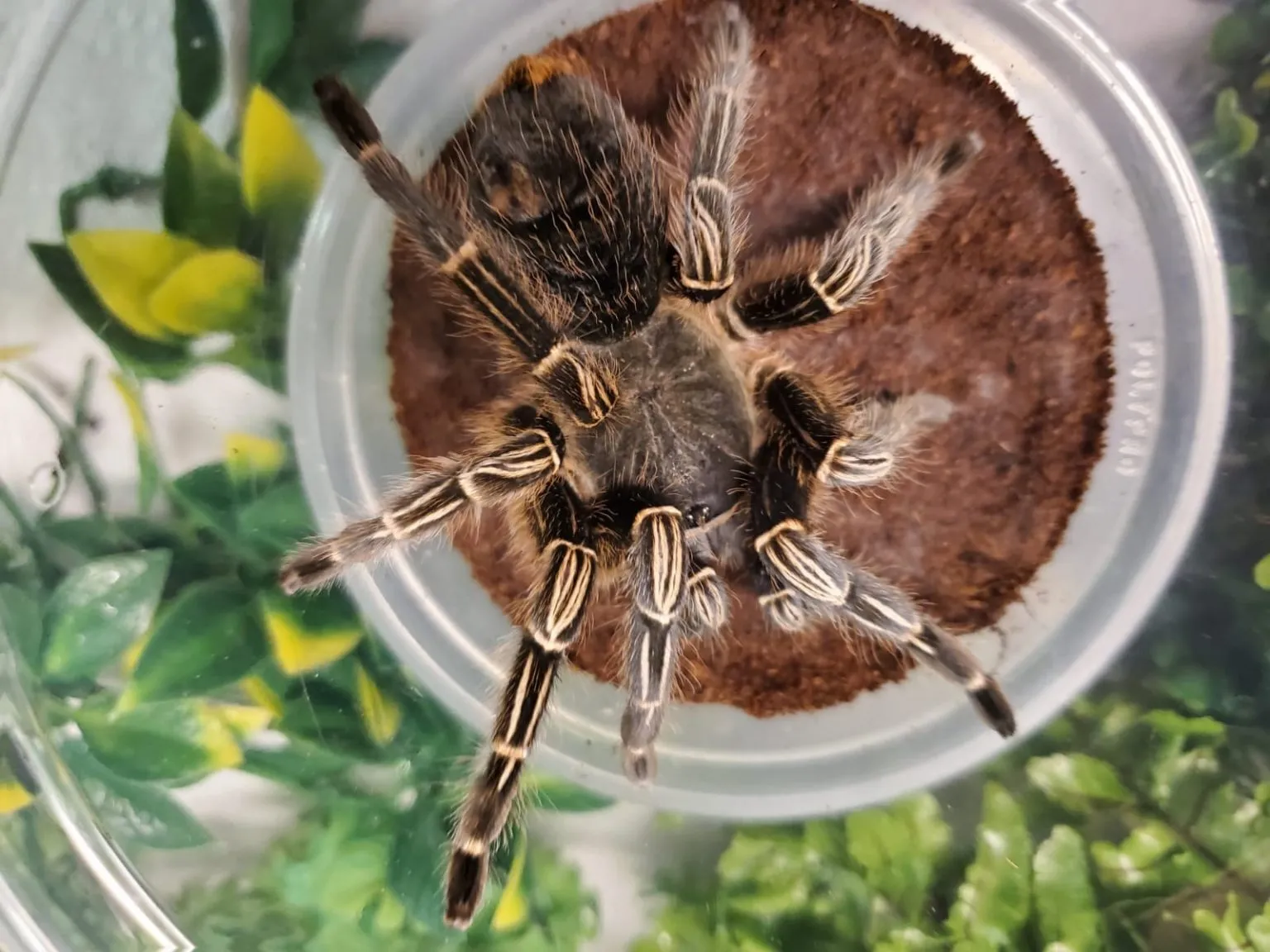
A substrate of approximately 3-4 inches of coconut fiber, peat moss, or a mixture of both is recommended. This substrate helps maintain humidity and allows the tarantula to burrow, which is a natural behavior. Include a hide, such as a piece of cork bark or a half-log, to provide a safe and secure retreat. Add a shallow water dish for fresh water. Avoid sharp or abrasive decorations that could injure the tarantula. Plants, either live or artificial, can also enhance the enclosure’s aesthetic and provide additional hiding places, but ensure they are safe and non-toxic.
Fact 4 Handling and Temperament
Striped Knee Tarantulas are generally known for their docile temperament, but it’s important to handle them with caution and respect. Handling should be kept to a minimum, as it can be stressful for the tarantula. Understanding their temperament and behavior is essential for safe and responsible ownership.
Handling Considerations
Handle your Striped Knee Tarantula only when necessary, such as for enclosure cleaning or health checks. Always handle the tarantula close to the ground or over a soft surface in case it falls. Avoid sudden movements and be gentle. Wash your hands thoroughly before and after handling to avoid transferring any substances that could be harmful to the tarantula. Observe the tarantula’s behavior; if it shows signs of stress, such as flicking hairs or raising its front legs, gently place it back in its enclosure.
Temperament and Behavior
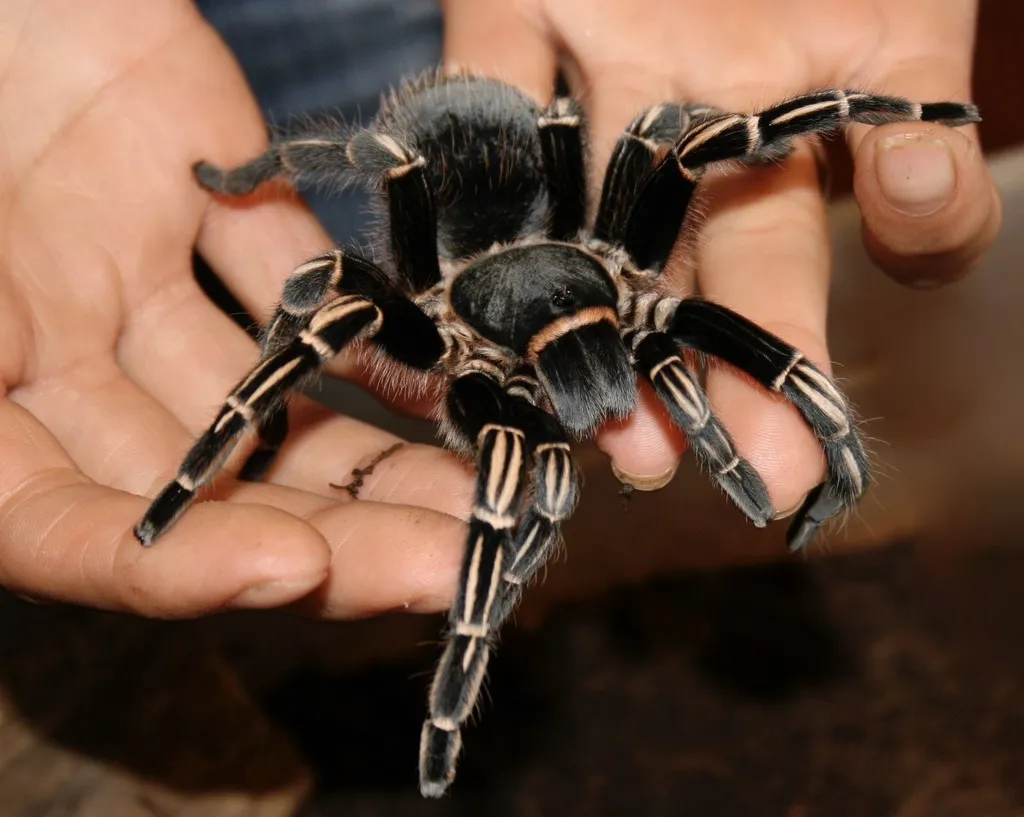
Striped Knee Tarantulas are generally docile, but each individual has its own personality. They are not typically aggressive, but they can bite if they feel threatened or startled. Bites are generally not medically significant, but they can be painful. They may also flick urticating hairs as a defense mechanism, which can cause skin irritation. Observe the tarantula’s body language and respect its space. A tarantula that is actively displaying defensive postures should not be handled. Spend time observing your tarantula to understand its personality and behavioral patterns. This will enhance your appreciation of these fascinating creatures.
Fact 5 Health and Common Issues
Like all living creatures, Striped Knee Tarantulas can be susceptible to certain health issues. Being aware of potential problems and implementing preventative measures is crucial for ensuring a long and healthy life for your pet. Regular observation and prompt attention to any signs of illness or distress are essential aspects of responsible tarantula care.
Common Health Problems
Common health issues include mites, fungal infections, and injuries. Mites can infest tarantulas and cause significant irritation. Fungal infections can occur if the enclosure is too humid or poorly ventilated. Injuries can happen during molting or if the tarantula is dropped or mishandled. Look for signs of illness such as lethargy, loss of appetite, unusual behavior, or physical abnormalities. Consult a veterinarian or experienced tarantula keeper if you notice any of these signs. Ensure that your vet is familiar with arachnids.
Preventative Measures
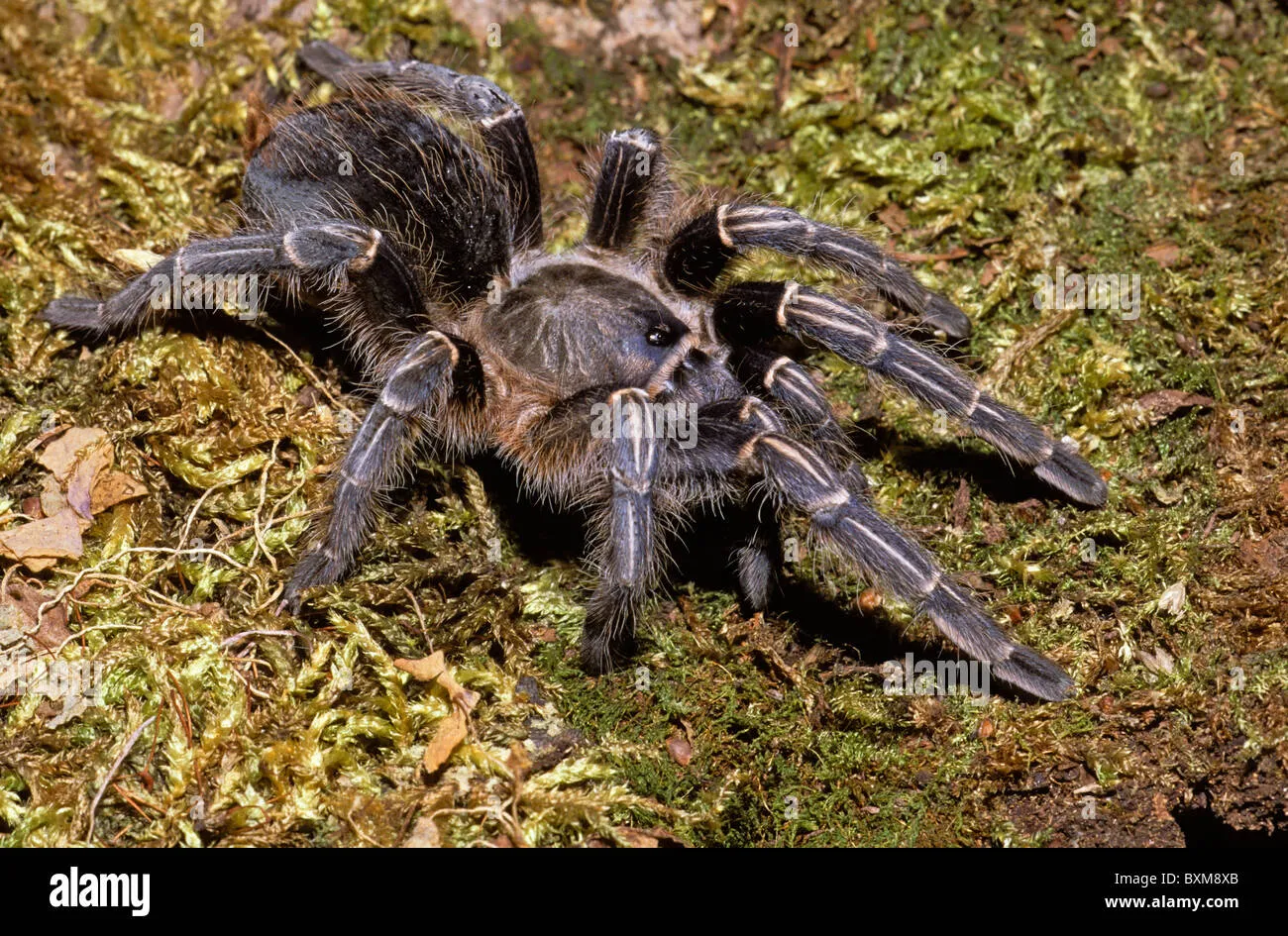
Preventative measures include maintaining proper temperature, humidity, and hygiene. Regularly clean the enclosure and remove any uneaten food or molted exoskeletons. Quarantine new tarantulas before introducing them to your collection. Provide a varied diet and ensure proper hydration. Inspect the tarantula regularly for any signs of illness or injury. Regularly check the substrate for mold or unwanted pests. Careful observation and proactive measures will help to keep your Striped Knee Tarantula healthy and thriving, allowing you to enjoy the unique qualities of this captivating species for many years to come.
